If you want to maintain your yard like a pro, you need to purchase the best weed eater for your needs. Additionally, learn how to use it properly.
That way, you will always get a result as every other expert in this field. I will give you a few tips which will help you to get a beautiful lawn and enjoy your work at the same time.
Pick Out the Best Weed Eater for You
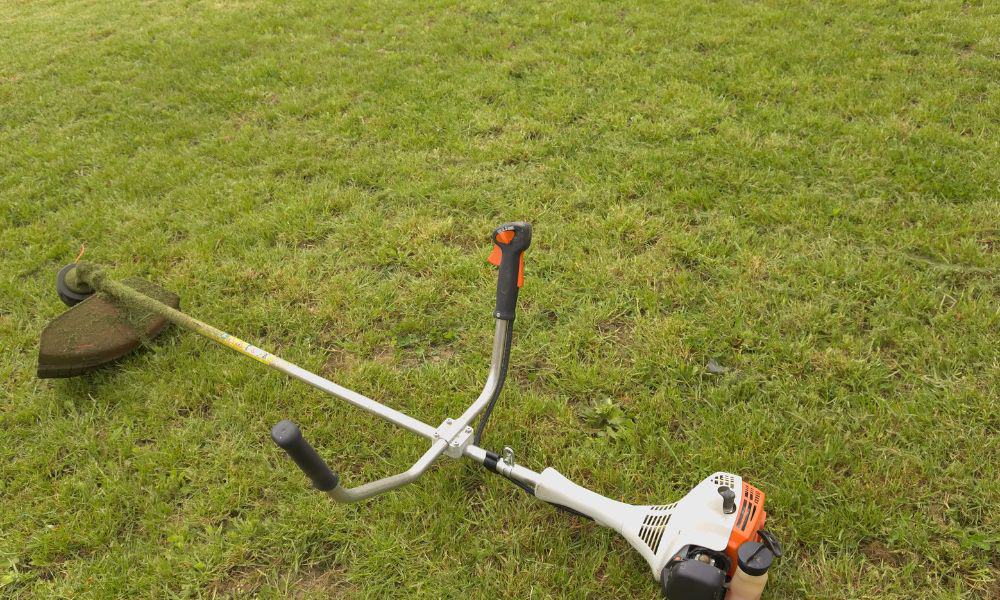
You can find a lot of different models of a weed eater on the market, including most popular such as cordless weed eater and gas weed eater. Which size and power rating you want to buy among a variety of models will depend on your preferences and the size of your yard.
In my opinion, there are two essential things you should consider. The first one is to define if you prefer the unit powered by gas, electricity, or propane. The second one is about choosing the right shafts. Many people I know like weed eaters with the curved shaft, but I find the straight one more practical and convenient.
Also, you need to find the orientation most comfortable for you before starting the engine to avoid getting overtired before finish the job. Always keep in mind how important the way the head of your unit spins and the proper string you use are. You don’t want to overwork your machine or to get a trimmer which works inefficiently.
It is wise to read the manual carefully before start using your tool. Nowadays, you can become familiar with any machine by checking the necessary things on the Net. There is a bunch of similar weed eaters on the market which operate differently. Therefore, knowing your device means that you will probably use it for years without constant frustrations.
Safety Precautions
1. Don’t work without protective gear
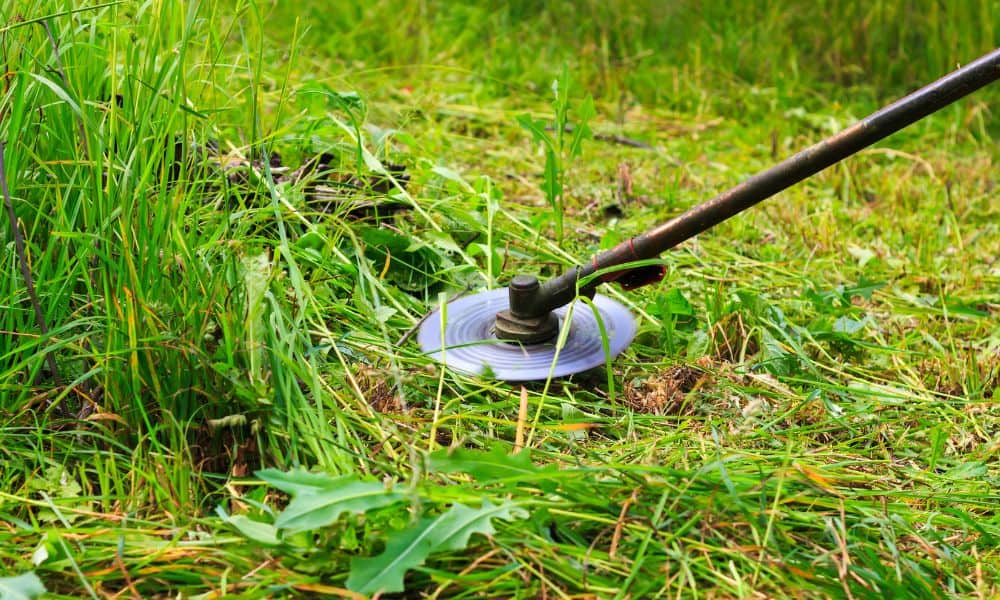
As you know, the trimming line of your unit spins very fast. Its speed can reach up to 3000 revolutions a minute! It is evident that you need to protect yourself, primarily your eyes, feet, and hands. Picking out the right helmet, tough gloves, and sturdy trousers is actually everything you need.
2. Be aware of the cables
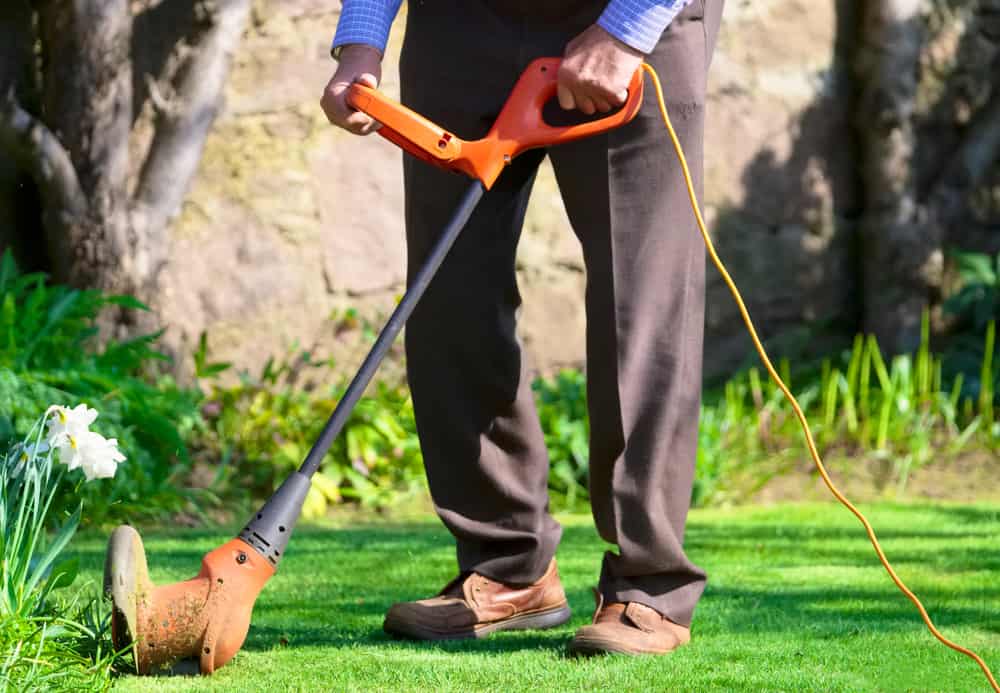
One of the main concerns when having an electric trimmer is a cable for power supply. Since your unit has enough cutting power, it can damage the cable which will consequently lead to short circuit. Therefore, protect yourself from possible hazards.
3. Watch The Surrounding
Don’t let yourself to be careless while mowing the lawn. Any flying debris, including pebbles or rocks, can injure both you or people and pets staying nearby. Also, you should pay additional attention to the glass windows of your house and a car while working close to them.
4. Care for fuels and possible fumes

If you have a weed eater powered by gas, you should keep in mind that using highly flammable fuel implies production of the exhaust. Be ultimately caution to avoid intoxication by carbon monoxide.
Cutting Techniques
5. Understand the direction of the spinning
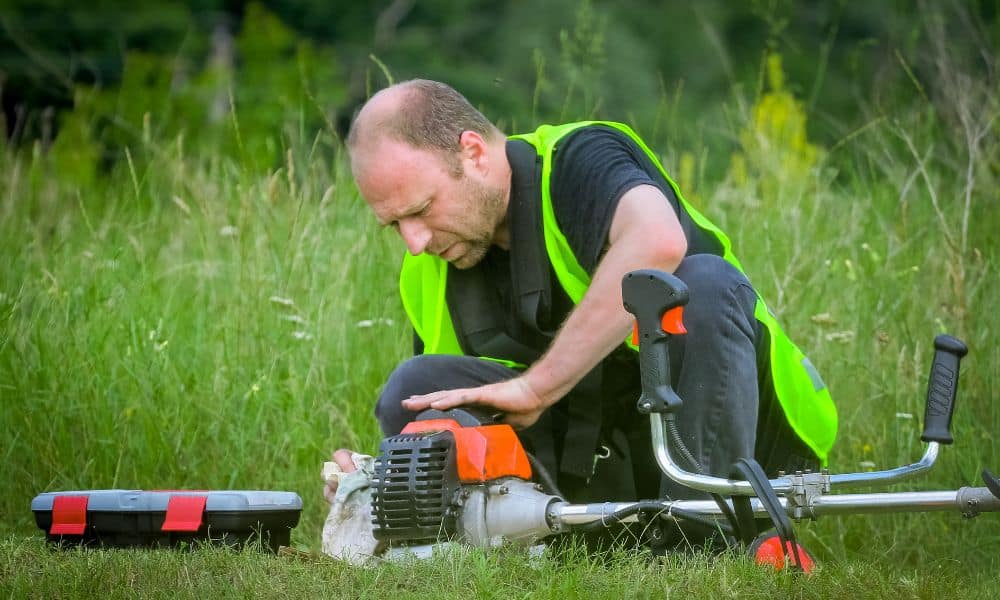
Always remember that a weed eater is a simple tool, and there is no need to struggle with the direction of its spinning. It is enough if your unit ejects grass and debris from its path while cutting without harming you and people around.
If it spins counter-clockwise, you should cut grass from the right side, and eject remains from the left one. On the contrary, if string rotates clockwise, you can expect the unit cuts grass from the left side and ejects the debris on the right side.
Elementary Cutting Techniques
Your weed eater is a pretty versatile tool which features four essential cutting techniques, including tapering, edging, scything, and screening. The only way to get professional results is to master them. Which one you prefer will depend on the effect you want to get.
6. Tapering
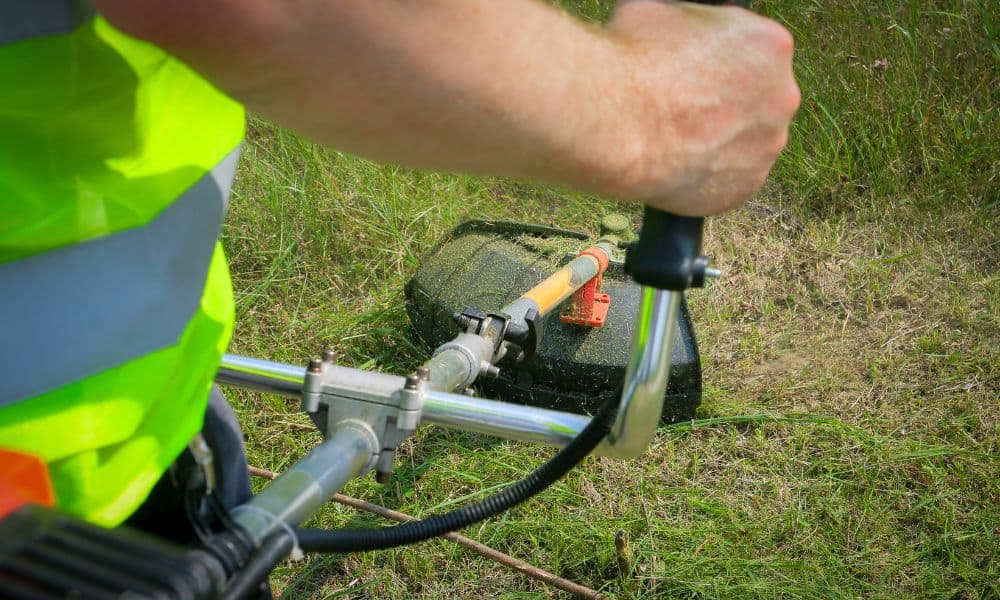
This technique is an excellent way to get the desirable lawn’s edges along with trees, fence, retaining walls, or other curbs. You will get the effect you want while holding the unit the way its string cuts the grass at a slighter angle.
The point is to avoid holding the string parallel to the surface of the lawn and cutting a full swath of grass. Only by tapering you will get the grass of the same length in every part of your yard.
Pitching the string toward the object will allow you to cut less grass, leave a tight edge, and make a great combination of the mowed grass and the existing sides. The result will be the adorable, clean look of your yard.
7. Edging
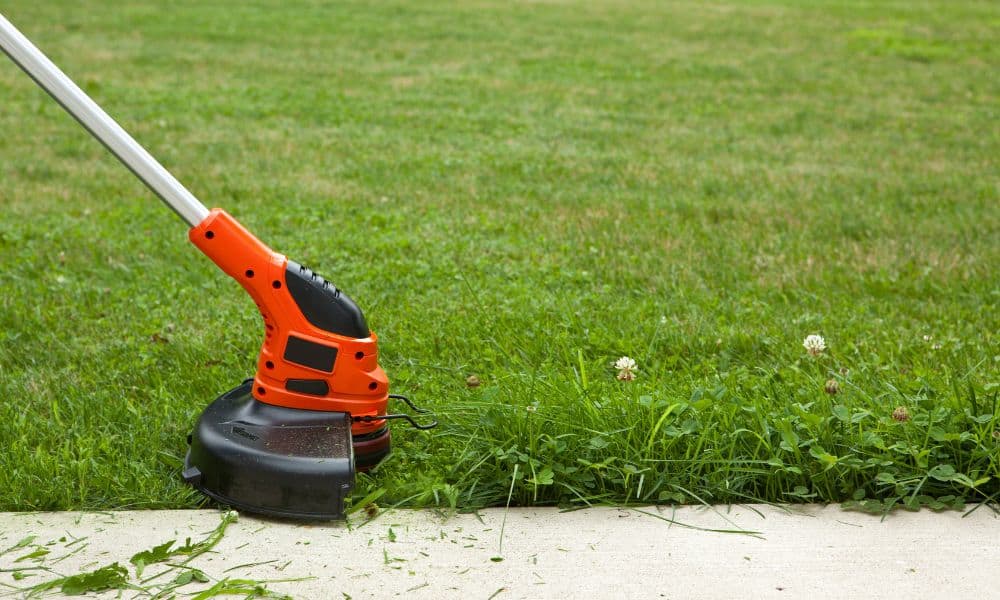
You should choose to edge when your yard is side by side the walkway or the driveway. Turn the unit the way to get the string in a vertical position and entirely parallel to the ground. Then set up the edger into the cut path. That is the only way to get material ejected from the part where you just cut the grass.
The bad thing is that you can expect a lot of rocks and dirt pulling up along with grass. Therefore, avoid using this technique to make a crisp edge all at once, especially if you haven’t edged your yard that way before.
Instead, try to cut grass piece by piece each week until getting a desirable result. Additionally, just maintain the edges regularly, and you will always have the perfectly cut lawn.
8. Scything
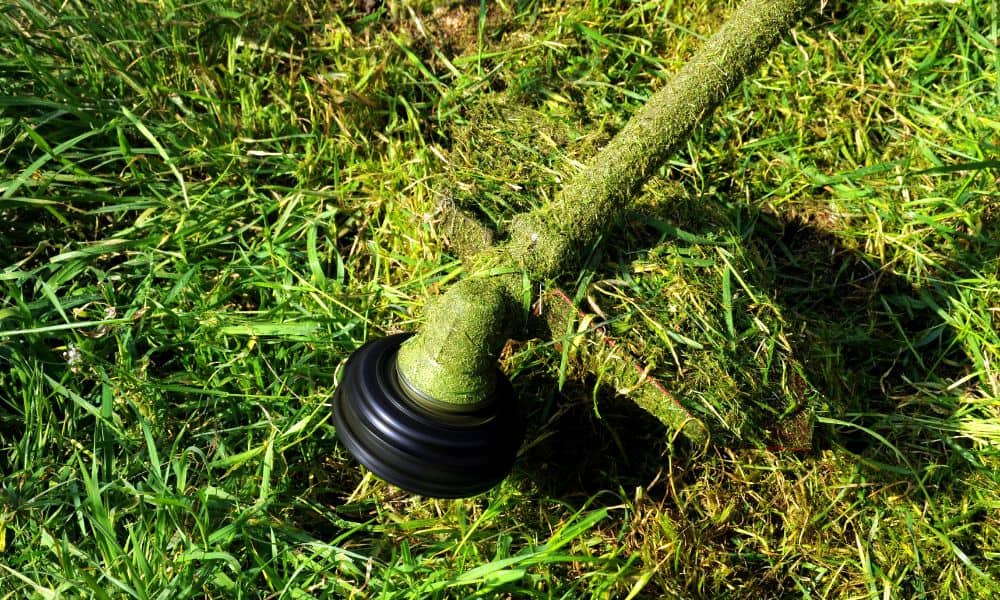
You should use this technique every time you face an obstruction. This way, you will cut the grass around obstacles placed throughout your yard.
It is not too hard. Just make a shallow U motion by bringing the edger into and out of work alternately. The result will be overlapping the scythes and consequently making the cuts equal.
9. Screeding
This technique is useful when you want to get rid of weeds in your paths and driveways. Tip your unit the way its strings are placed off the pavement. Move them into the base of grass, and make a clean cut above the hard surface.
If you make a too sharp angle, the string won’t hit the plant base correctly, and you can’t get the evenly cut. On the other hand, if the angle of the tool too shallow, you will probably eat the string without getting a desirable cut.
That’s it. Go for the perfect lawn. Good luck!


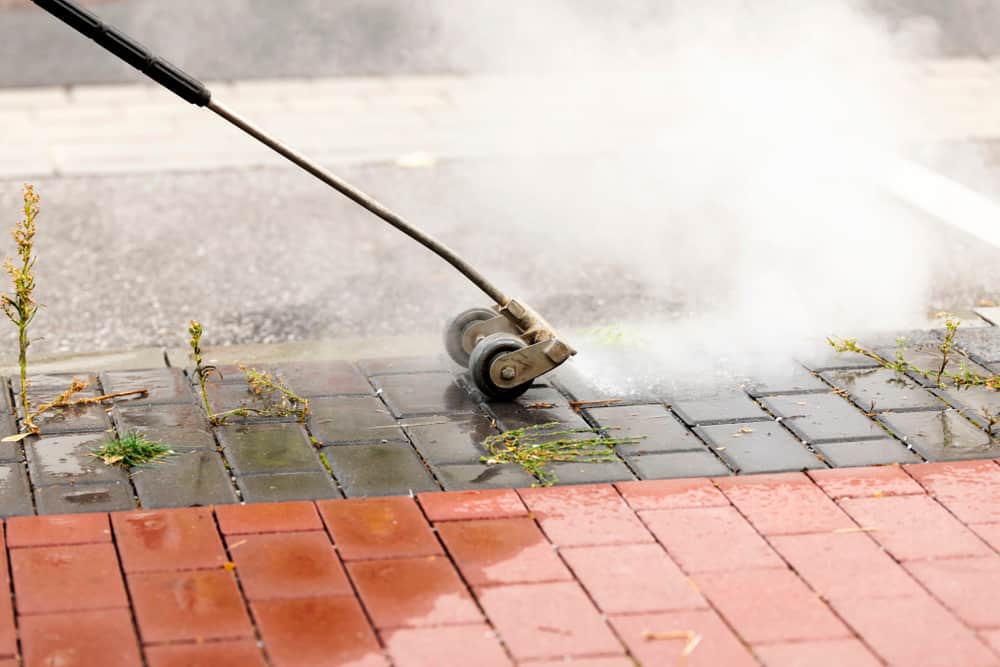
Leave a comment